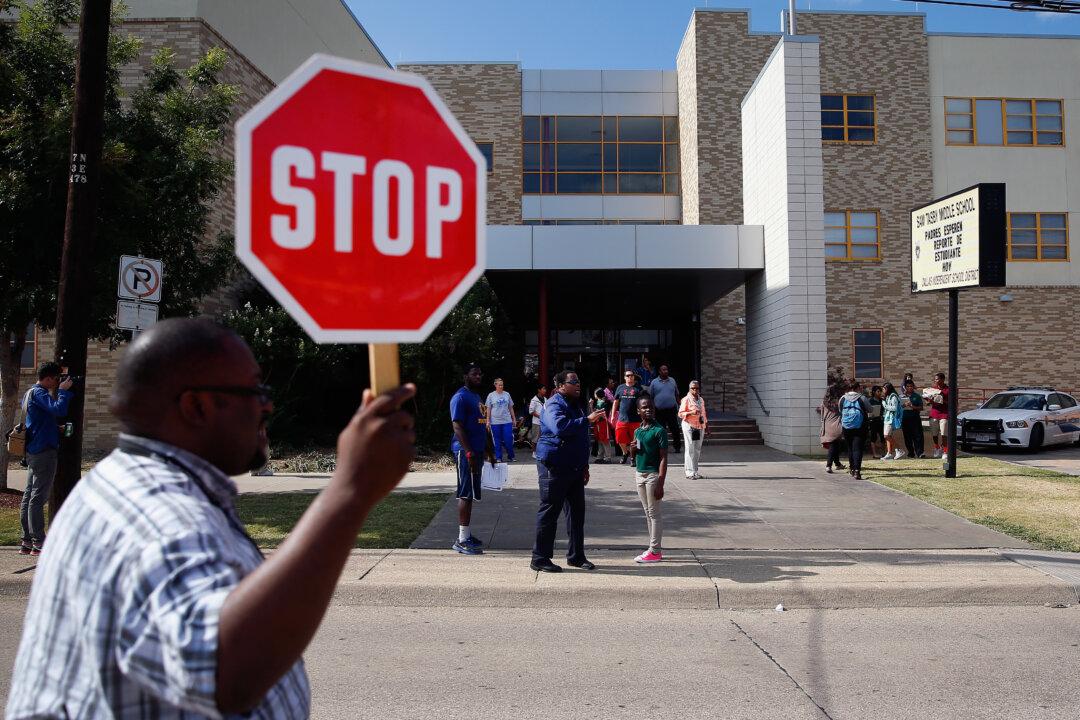Nearly two years after local advocates and legal organizations filed a federal complaint alleging that prosecutions of student truancy cases were overly harsh in Dallas County, Texas, the Department of Justice (DOJ) announced a formal investigation on Tuesday into whether children there have been deprived of their right to due process.
In June 2013, the groups Texas Appleseed, Disability Rights Texas, and the National Center for Youth Law explained in their complaint that students with school absences—some as young as 12 years old—were being tried in local truancy courts and juvenile courts without legal representation.
If found in violation of a court order, they were often arrested and transferred to detention centers. Families were charged with court fees and fines, which increased over time if not paid in full, according to the complaint.





